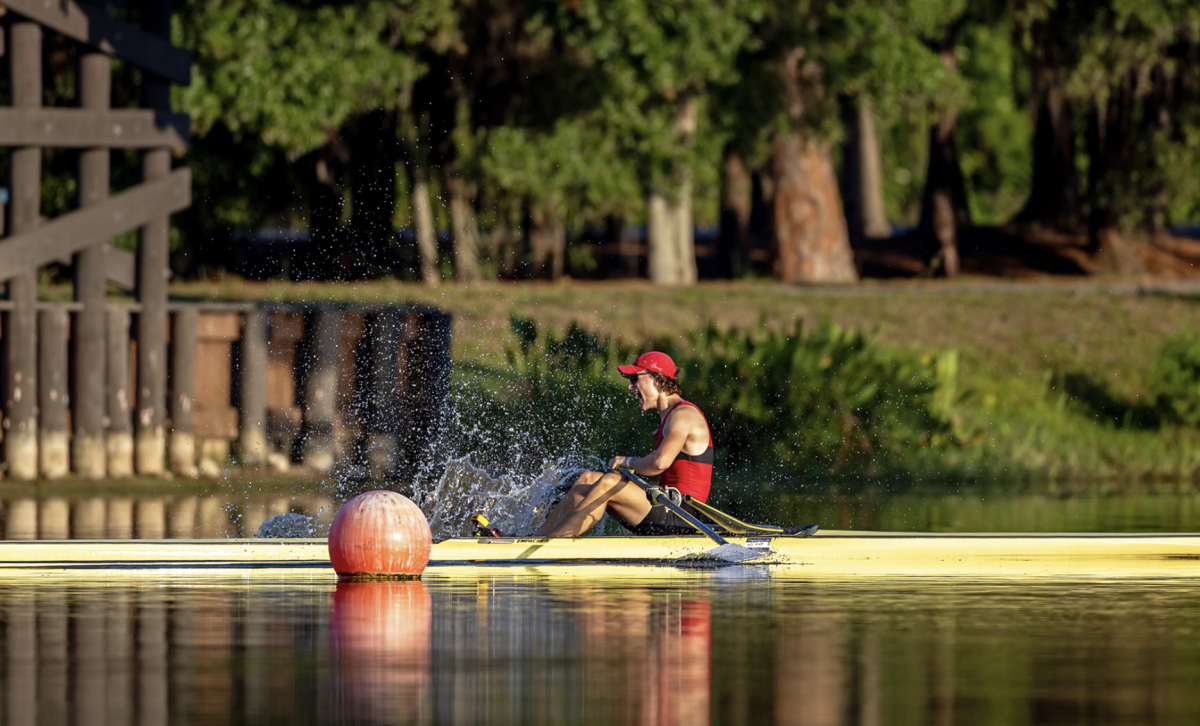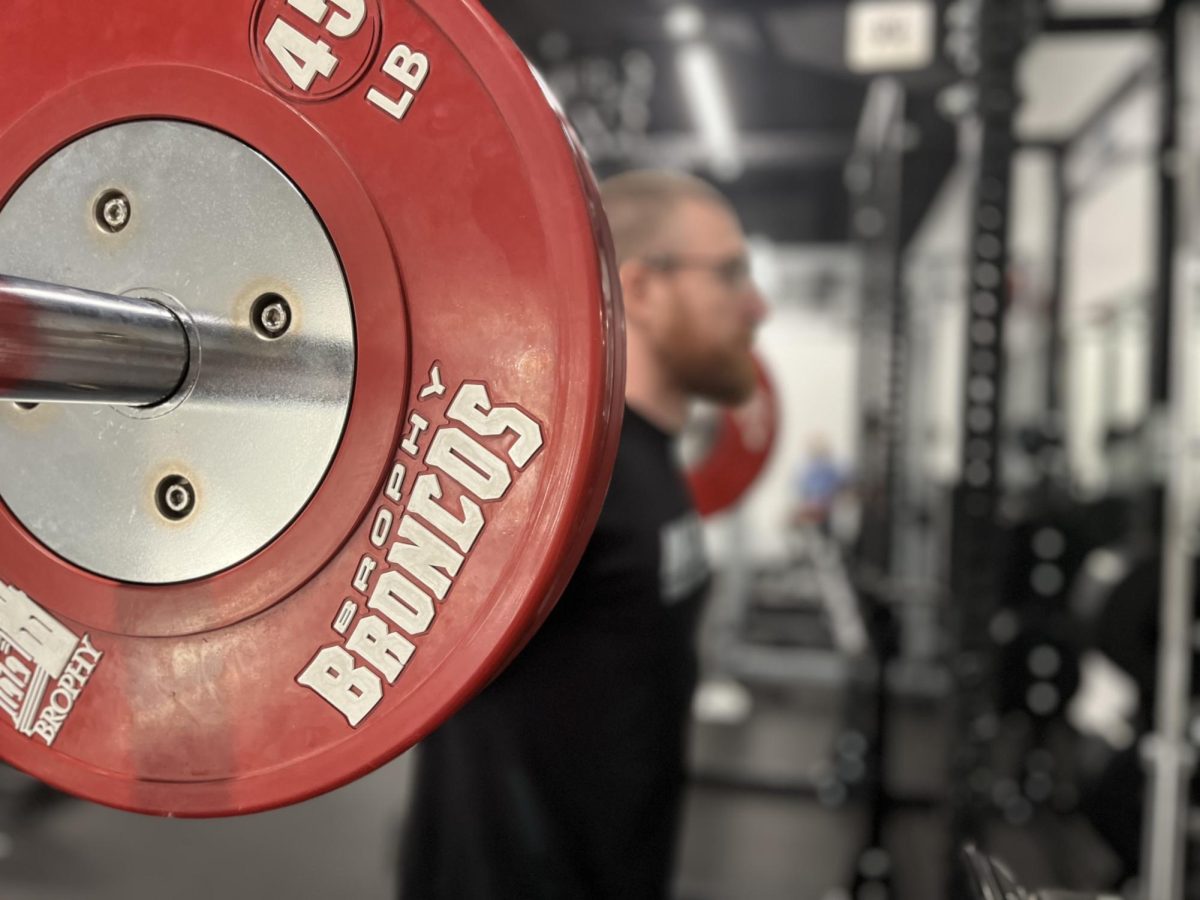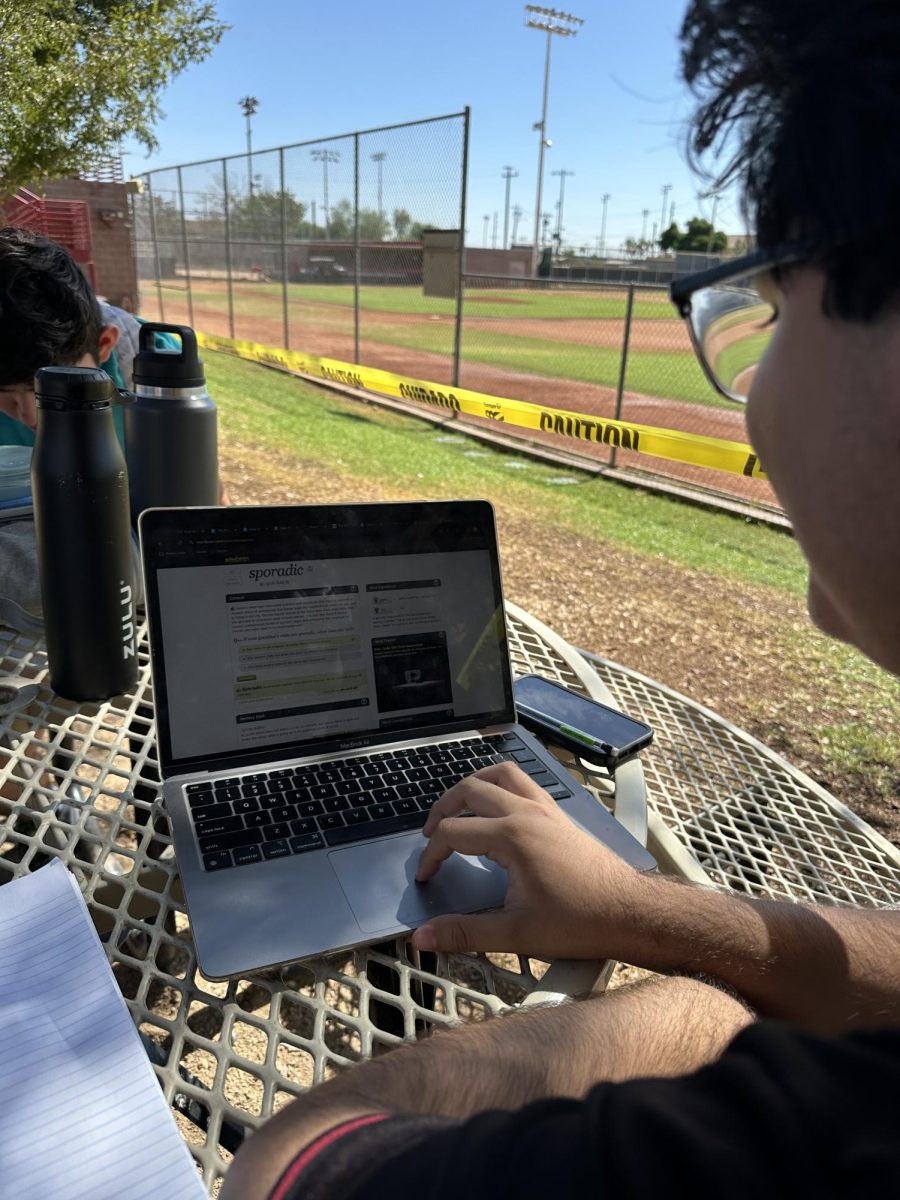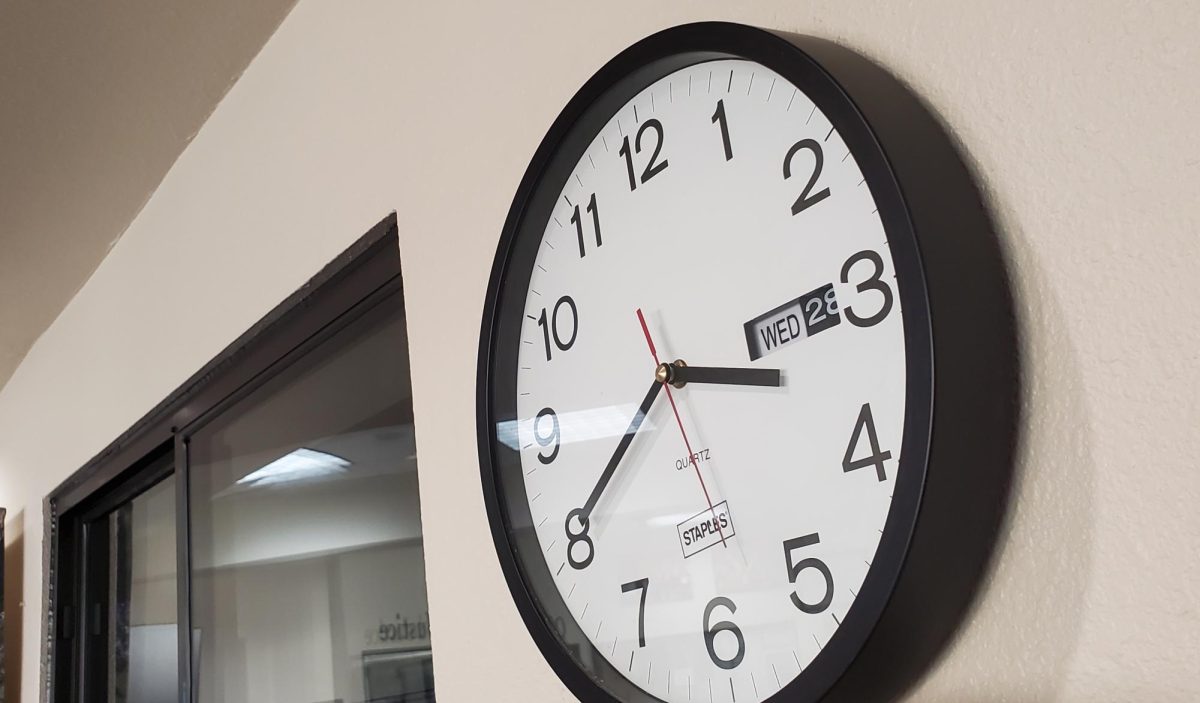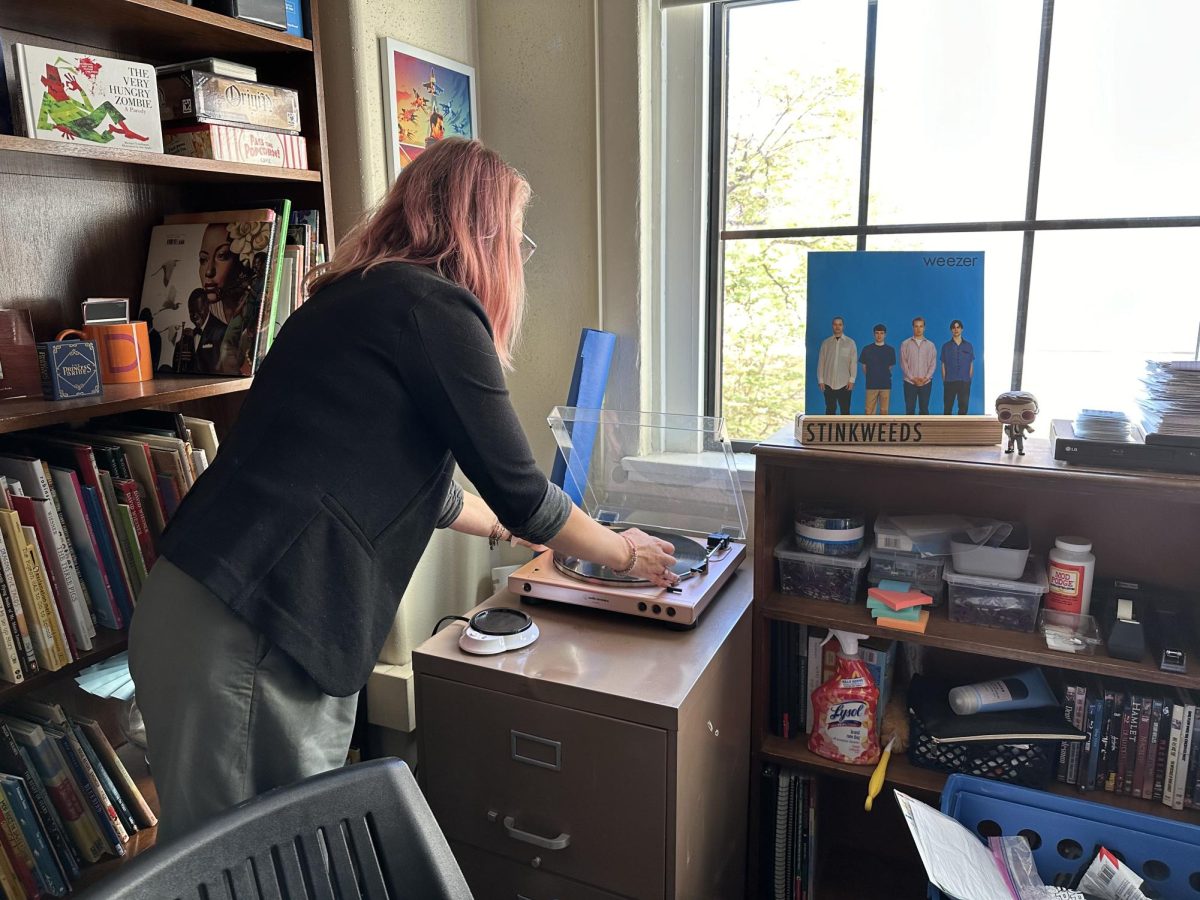By Henry Erlandson ’16
THE ROUNDUP
Many people are aware that an hour of activity per day is a beneficial to health, especially for teens.
But statistics have shown that teens who exercise more than seven hours a week may be at risk for serious injury.
With more teens participating in sports, researchers from around the world, and more specifically Switzerland and Canada, set out to find the negative effects of doing too much prolonged physical activity, such as sports that are year-round.
After surveying hundreds of teenage athletes, physicians and researchers were able to categorize the participants into too high, too low, or appropriate exercise times.
According to the study, they found that those who spent over 14 hours a week playing sports were just as likely to have the same negative effects as people who do less than seven hours of physical activity per week.
Evidence shows that athletes who play the same sport with seasons longer than six months may obtain many serious injuries specific to the activity.
Although there are numerous benefits to physical activity, there are still many disputes over the harmful effects high school athletes may encounter while playing for extended seasons. Brophy’s hockey team and crew team participate in eight to 12 month seasons, roughly double that of all other sports.
The BMJ study suggests these extended seasons may put the players at greater risk for decreased performance in school and greater susceptibility to injury. However, Brophy athletes who play crew and hockey tend to see their year long seasons as beneficial to health.
“It always keeps you active and you always have something to do,” said hockey player Ben Adelson ’15. “You never have down time.”
Adelson has not encountered any serious injuries in his three years of hockey at Brophy except for minor signs of a concussion, despite a nine month season and practice four days a week.
Four practices and usually two games every week provide a busy schedule for hockey players, but Adelson said he is confident that his involvement in sports has not greatly affected his academic performance.
Brophy crew member Nick Gross ’15 shares many of Adelson’s views.
He said he has only seen sprained ankles among teammates as a result of cross training.
“Crew is very dynamic and you can do it all year long and it wouldn’t be a problem because it doesn’t get as cold here as it does up North,” Gross said.
The crew team has practice everyday and four to five meets a semester, the majority of which are in California. Similar to Adelson, Gross does not see crew causing him to sacrifice time in other areas of his life, especially in school.
Athletic trainer Mr. Chris White said he thinks everyone, especially adolescents, should be physically active for at least an hour per day.
“The problem comes in when you’re doing the same motion repetitively over and over all year,” Mr. White said. “It’s really important to cross-train and use different movement patterns and that is the advantage of taking time off and doing another activity versus the same thing.”
The most important thing, according to Mr. White, is to have very good functional movement patterns so you can move your body properly, bio-mechanically and soundly. He advises against taking part in the same sport for too long because it may result in significant injuries to overused muscles.
Maintaining good nutrition and conditioning your muscles to be flexible and able to endure forces, as stated by Mr. White, is vital for athletes who play for excessive amounts of time.
Despite the risks of doing more than 14 hours of physical activity per week, the importance of being active and involved in sports creates opportunities for success and healthy behavior in the future of athletes, according to Cornell University behavioral science professor Kevin Kniffen.





